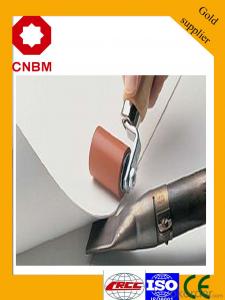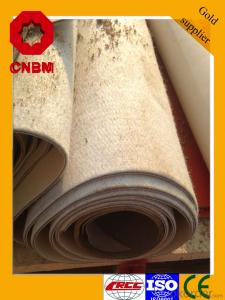PVC waterproof membrane About 1.2mm, 1.5mm, 2.0mm Thickness
- Loading Port:
- Tianjin
- Payment Terms:
- TT OR LC
- Min Order Qty:
- 2000 m²
- Supply Capability:
- 10000 m²/month
OKorder Service Pledge
OKorder Financial Service
You Might Also Like
Product description
Polyvinyl chloride PVC waterproof membrane is a kind of excellent performance of polymer waterproof material,PVC resin as the main raw material,add all kinds of special additive and anti-aging composition,the use of advanced equipment and advanced technology extrusion rolling is made.The product has the tensile strength and elongation high shrinkage of small,low temperature soft good,long life and other advantages, the products wide 1.2m to 3.0m, the thickness of 0.8-2.0 mm(special specifications can be customized),stable performance,reliable quality,construction is convenient.
Application Scope
The products are widely used in all kinds of civil construction,subway,tunnel,water conservancy,landfill site,chemical industry,metallurgy and other areas of waterproof seepage control,corrosion engineering
Features:
Excellent anti-aging property.
Puncture- resistant.
Welding construction,
High tensile strength, good elongation, good dimensional stability.
Good plasticity.
It has self-extinguishing from fire property.
Materials surface is smooth, fast color, stain resistance.
More wide, Wastage become less when being used.
Type:
N1—Exposed PVC waterproof membrane.
(It is mainly used as details treatment for exposed roof waterproof project)
N2—Non-exposed PVC waterproof membrane.
(It is mainly used as details treatment for non-exposed roof waterproof project)
L1—Exposed PVC waterproof membrane with fabric
(It is mainly used for exposed roof waterproof project)
L2—Non-exposed PVC waterproof membrane with fabric.
(It is mainly used for non-exposed roof waterproof project)
W1—Exposed reinforced PVC waterproof membrane .
(It is mainly used for steel structure roof exposed waterproof project)
W2—Exposed reinforced PVC waterproof membrane .
(It is mainly used for steel structure roof non-exposed waterproof project)
Advantages

Technical Parameters
No. | Item | Index | |||||
| 1 | Thickness of resin layer of the middle fabric ,mm≥ | - | - | 0.40 | 0.40 | 0.40 | |
| 2 | Tensile performance | Max tensile strength,N/cm ≥ | - | 120 | 250 | - | 120 |
| Tensile strength,NPa ≥ | 10 | - | -10 | - | - | ||
| Max elongation% ≥ | - | - | 15 | - | - | ||
| Breaking elongation % ≥ | 200 | 150 | - | 200 | 100 | ||
| 3 | Heat treatment size change rate%≤ | 2.0 | 1.0 | 0.5 | 0.1 | 0.1 | |
| 4 | Cold bonding | -25°c No cracks | |||||
| 5 | Watertightness | 0.3mPa,2h waterproof | |||||
Packaging & Shipping

product show

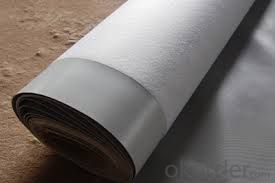
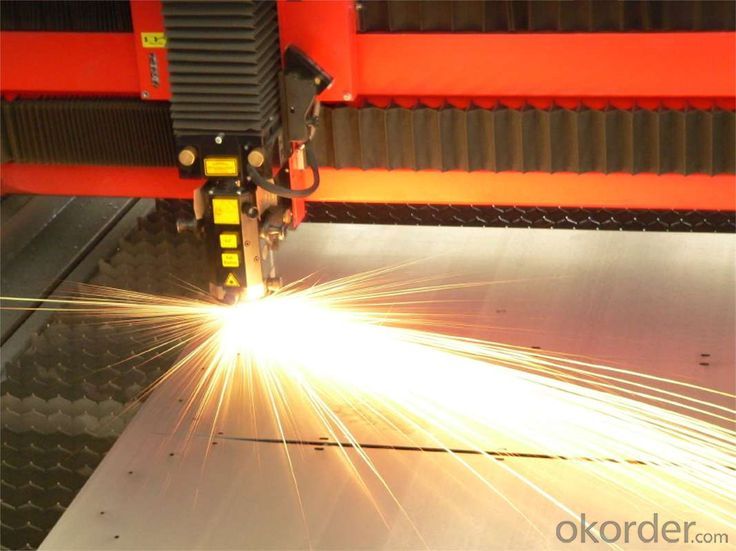
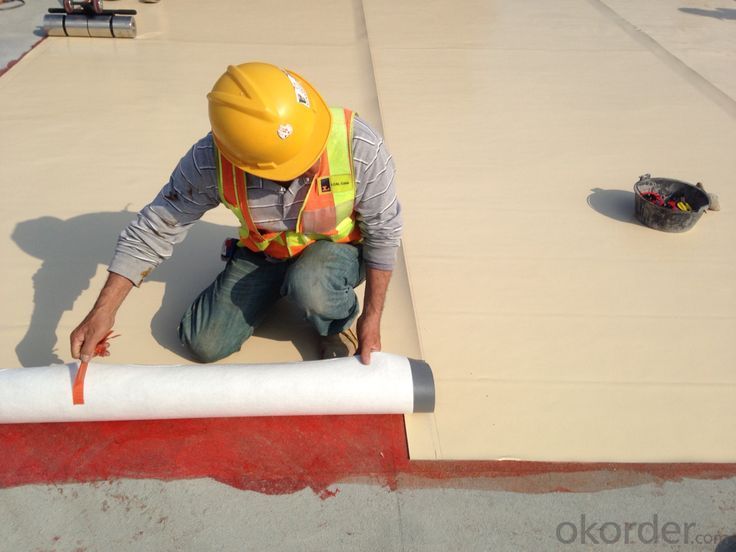

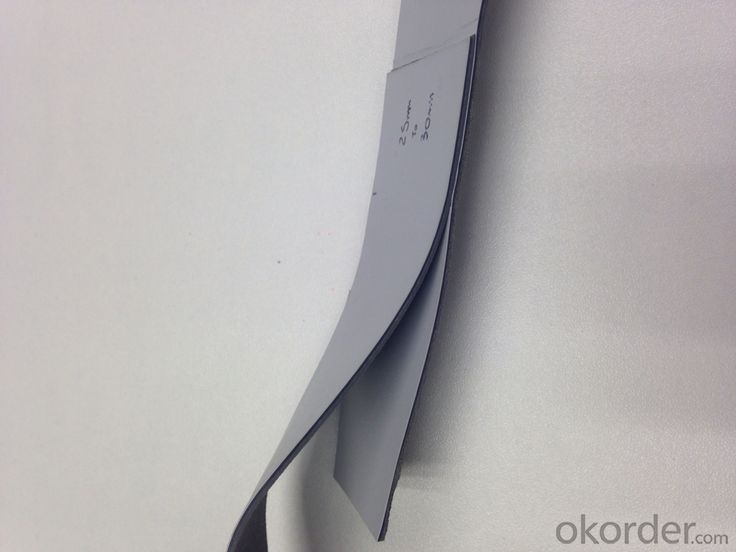

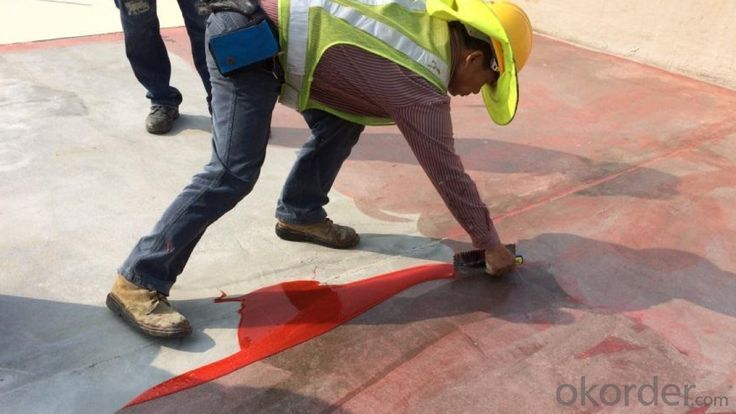
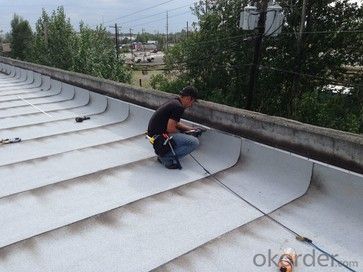
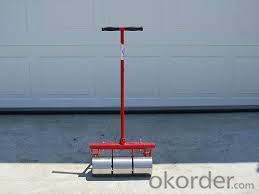
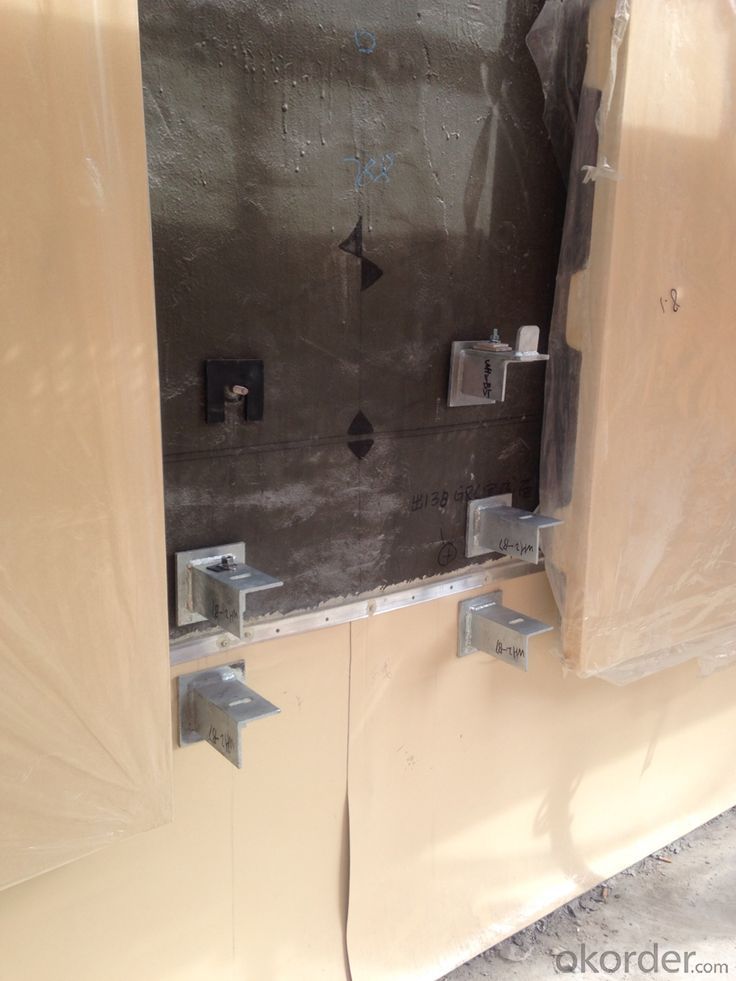
FAQ
Q: What's the delivery time ?
A: 3-5 days for 1-600 rolls, 10-15 days for container.
Q: What's the payment terms ?
A: TT/LC
Q: How do you make replacement with quality problems ?
A: New replacement will be packed into your next order or send to you directly after receive video or photo about quality problems.
- Q:Can a waterproofing membrane be applied over existing coatings?
- Yes, a waterproofing membrane can be applied over existing coatings. However, it is important to note that the success of the application will depend on several factors such as the condition and compatibility of the existing coatings, the type of waterproofing membrane being used, and the surface preparation prior to application. It is recommended to consult with a professional or the manufacturer of the waterproofing membrane for specific guidance and instructions on the application process. Additionally, a thorough inspection of the existing coatings should be conducted to ensure they are in good condition and suitable for the application of the waterproofing membrane.
- Q:Can a waterproofing membrane be used for bridge or tunnel waterproofing?
- Yes, a waterproofing membrane can be used for bridge or tunnel waterproofing. Waterproofing membranes are commonly used in construction projects to prevent water penetration and protect structures from potential damage caused by moisture. In the case of bridges and tunnels, which are exposed to harsh environmental conditions and high water pressure, a high-quality waterproofing membrane can effectively provide an impermeable barrier, ensuring the long-term durability and structural integrity of these infrastructure elements.
- Q:Can a waterproofing membrane withstand heavy rain or water pressure?
- A waterproofing membrane is specifically designed to endure heavy rain or water pressure. Its main purpose is to establish a barrier that obstructs water from infiltrating a structure or surface. Generally, these membranes are composed of materials like rubberized asphalt, PVC, or EPDM (ethylene propylene diene monomer), which possess a remarkable resistance against water and can effectively endure heavy rain or water pressure. Furthermore, these membranes are frequently fortified with layers or fabrics to offer additional strength and durability. Consequently, when accurately installed and regularly maintained, a waterproofing membrane can effectively endure heavy rain or water pressure, ensuring dependable protection against water damage.
- Q:Can a waterproofing membrane be used in historical or heritage buildings?
- Yes, a waterproofing membrane can be used in historical or heritage buildings. However, it is important to consider the specific requirements and sensitivities of these types of buildings before applying any waterproofing solution. Historical or heritage buildings often have unique architectural features, materials, and construction techniques that need to be preserved and protected. When using a waterproofing membrane in historical or heritage buildings, it is crucial to select a product that is compatible with the existing materials and will not cause any damage or alteration to the structure. It is recommended to consult with a professional architect or preservation expert who has experience working with historical buildings to ensure that the chosen waterproofing membrane is suitable for the specific requirements of the building. Additionally, it is important to consider the aesthetic impact of the waterproofing membrane on the building's appearance. Historical or heritage buildings often have unique architectural details and façades that contribute to their character and value. Therefore, the waterproofing membrane should be chosen carefully to ensure that it does not detract from the building's historical significance or visual appeal. In summary, a waterproofing membrane can be used in historical or heritage buildings, but it should be selected and applied with caution. It is essential to consider the building's materials, construction techniques, and aesthetic value to ensure that the waterproofing solution does not compromise the integrity or historical significance of the structure.
- Q:Can a waterproofing membrane be used in areas with extreme weather conditions, such as hurricanes or snowstorms?
- Yes, a waterproofing membrane can be used in areas with extreme weather conditions, such as hurricanes or snowstorms. Waterproofing membranes are designed to provide a protective barrier against water infiltration and can effectively withstand various weather conditions. They are made from materials that are resistant to moisture and can be installed in different areas like roofs, basements, or foundations. In regions prone to hurricanes, waterproofing membranes can help prevent water damage by creating a barrier that keeps water out even during heavy rainfall or storm surges. These membranes are often reinforced and have high tensile strength to withstand the strong winds and pressure associated with hurricanes. Similarly, in areas with heavy snowstorms, waterproofing membranes can help prevent water intrusion caused by melting snow or ice dams. They are designed to be flexible and resistant to extreme temperatures, ensuring that they maintain their integrity and prevent leaks even in freezing conditions. However, it is important to choose the right type of waterproofing membrane suitable for the specific weather conditions in the area. Different membranes have varying levels of resistance to extreme weather, so it is advisable to consult with a professional to determine the most appropriate membrane for the specific climate and weather patterns. Additionally, proper installation and regular maintenance are crucial to ensure the longevity and effectiveness of the waterproofing system in extreme weather conditions.
- Q:Can a waterproofing membrane be used in conjunction with soundproofing materials?
- Yes, a waterproofing membrane can be used in conjunction with soundproofing materials. In fact, it is quite common to use both of these materials together in construction projects. Waterproofing membranes are typically used to prevent the penetration of water into a structure, while soundproofing materials are used to reduce noise transmission. These two materials serve different purposes but can be used simultaneously to provide both waterproofing and soundproofing benefits. For example, in a building with a basement or a bathroom, a waterproofing membrane can be installed on the walls or floors to prevent water infiltration, and then soundproofing materials can be added on top of the membrane to reduce noise transmission from adjacent areas. By combining these two materials, a building can be protected from water damage while also providing a quieter and more comfortable environment for its occupants.
- Q:Can a waterproofing membrane be used for sealing pipe penetrations?
- Yes, a waterproofing membrane can be used for sealing pipe penetrations. Waterproofing membranes are designed to create a barrier against water and moisture, making them suitable for sealing pipe penetrations to prevent water leakage or intrusion.
- Q:How does a waterproofing membrane handle freeze-thaw cycles?
- A waterproofing membrane is designed to handle freeze-thaw cycles by being flexible and resistant to cracking. It should be able to expand and contract with temperature fluctuations without compromising its waterproofing properties. Additionally, it should have good adhesion to the substrate to prevent water infiltration and damage during these cycles.
- Q:Are waterproofing membranes resistant to thermal expansion?
- Indeed, waterproofing membranes exhibit resistance to thermal expansion. These membranes are specifically engineered to endure temperature fluctuations without compromising their integrity or functionality. Their composition includes materials with exceptional thermal stability and minimal thermal expansion coefficients, enabling them to expand and contract without any detrimental effects or jeopardizing their waterproofing capabilities. This resistance against thermal expansion plays a pivotal role in guaranteeing the effectiveness and long-lasting durability of the waterproofing membrane, regardless of extreme weather conditions such as extreme heat or cold.
- Q:How does a waterproofing membrane handle temperature fluctuations?
- A waterproofing membrane is designed to handle temperature fluctuations by being flexible and resistant to thermal expansion and contraction. Temperature fluctuations can cause materials to expand and contract, which can lead to cracks, leaks, and other forms of damage. However, a waterproofing membrane is typically made from a durable and flexible material, such as PVC or EPDM, that can withstand these changes in temperature without compromising its effectiveness. When exposed to high temperatures, the membrane will expand slightly to accommodate the increased thermal energy. Conversely, when temperatures drop, the membrane will contract to maintain its integrity. This flexibility allows the membrane to adapt to the changing conditions without cracking or becoming brittle. In addition to being flexible, a waterproofing membrane is also designed to resist UV radiation from the sun. UV radiation can cause materials to deteriorate over time, leading to decreased performance and potential leaks. By incorporating UV stabilizers into the membrane's composition, it can withstand prolonged exposure to sunlight and maintain its durability even in harsh weather conditions. Furthermore, some waterproofing membranes have built-in insulation properties that help to regulate temperature fluctuations. These membranes can provide additional thermal resistance, reducing heat loss in cold weather and minimizing heat gain in hot weather. This insulation layer helps to stabilize the temperature of the underlying structure, preventing damage caused by extreme temperature changes. Overall, a waterproofing membrane is engineered to handle temperature fluctuations by being flexible, resistant to thermal expansion and contraction, and capable of withstanding UV radiation. These properties ensure that the membrane remains intact and effective in protecting the underlying structure from water damage, regardless of the surrounding temperature conditions.
1. Manufacturer Overview |
|
|---|---|
| Location | |
| Year Established | |
| Annual Output Value | |
| Main Markets | |
| Company Certifications | |
2. Manufacturer Certificates |
|
|---|---|
| a) Certification Name | |
| Range | |
| Reference | |
| Validity Period | |
3. Manufacturer Capability |
|
|---|---|
| a)Trade Capacity | |
| Nearest Port | |
| Export Percentage | |
| No.of Employees in Trade Department | |
| Language Spoken: | |
| b)Factory Information | |
| Factory Size: | |
| No. of Production Lines | |
| Contract Manufacturing | |
| Product Price Range | |
Send your message to us
PVC waterproof membrane About 1.2mm, 1.5mm, 2.0mm Thickness
- Loading Port:
- Tianjin
- Payment Terms:
- TT OR LC
- Min Order Qty:
- 2000 m²
- Supply Capability:
- 10000 m²/month
OKorder Service Pledge
OKorder Financial Service
Similar products
New products
Hot products
Related keywords
